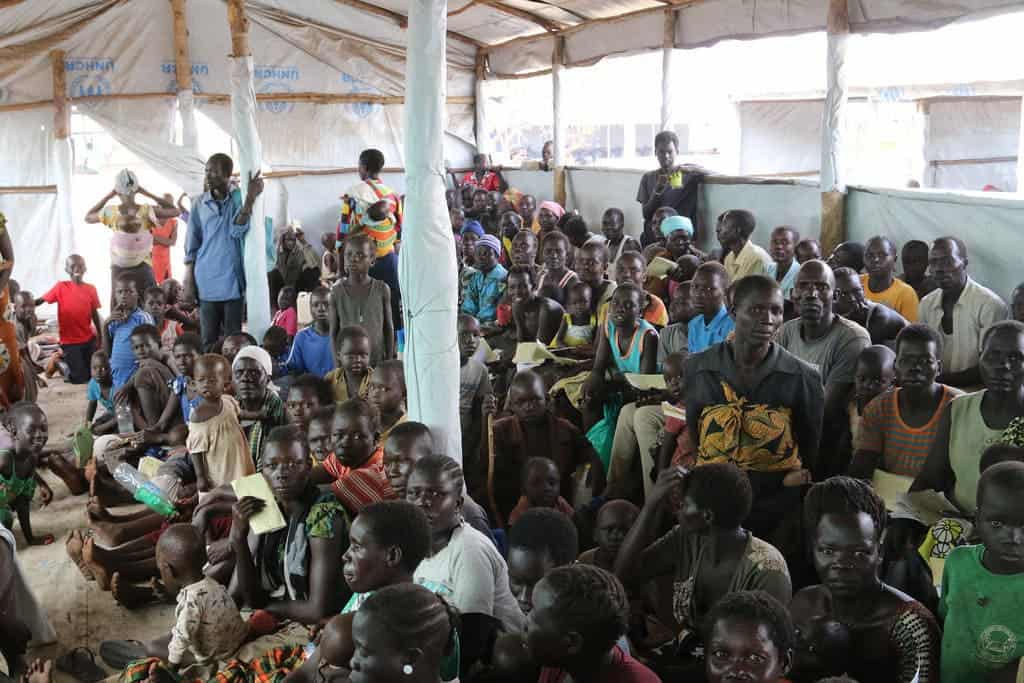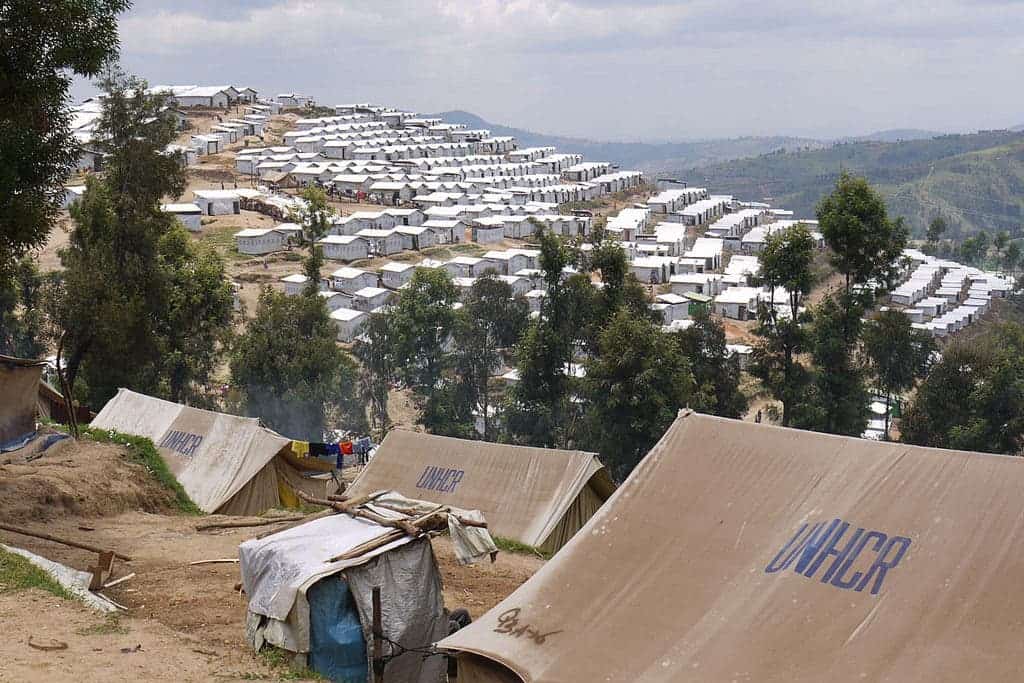Refugees are becoming a global issue, with conflicts and environmental issues displacing millions of people. Currently, there are an estimated 22.5 million refugees globally. As in Myanmar, central African countries, and the Middle East, many people are driven out of their homes because of war or political conflicts. Managing these streams and providing aid is extremely important. A computer model is now able to predict where refugees from major conflicts will go. This tool can help governments and organizations deliver aid where it is most needed.
Researchers from Brunel University London used refugee, conflict, and geospatial data to simulate refugee movement. They focused on African countries. For three recent African conflicts, the simulation predicted 75% of the destinations that refugees went to after the first 12 days. The simulation can be used to predict where people will go and which camps will become full. The three conflicts that were used in the model were the Mali civil war in 2012, the Central African Republic crisis in 2013, and the Burundian crisis in 2015.

Not all of the refugee movements were correctly predicted, however, the key destinations were correct. For Mali, the models predicted that three-quarters of the refugees would go to Mbera and Abala. For the Central African Republic crisis, many went to Cameroon’s East camp, while the number of people going to Chad stayed constant. In the Burundi conflict, the largest refugee influxes came to Nyarugusu, Mahama, and Nakivale. Although used to predict these conflicts, the simulation is a general model that can be applied to any conflict to predict refugee distribution and total number across camps.

The researchers used an agent-based modelling program, which has been used to study population movement before but not for refugees, such as now. This program is called Flee and is released to the public along with their research findings in a paper in Scientific Reports.
The point of these results is to provide aid as efficiently as possible. Governments and NGOs can bring enough resources to camps that are expected to receive a lot of refugees. It is important to have enough supplies right away because refugees are often injured or malnourished. In short, these simulations can save lives. As good as the intentions are, I can easily see how a simulation like this could be used against refugees in the wrong hands. For example, it could be used to close borders if a country doesn’t want a massive influx of refugees. However, the program does have a lot of potential to help refugees and hopefully, it will only be used that way.
Journal reference: Diana Suleimenova et al. A generalized simulation development approach for predicting refugee destinations, Scientific Reports (2017). DOI: 10.1038/s41598-017-13828-9.






